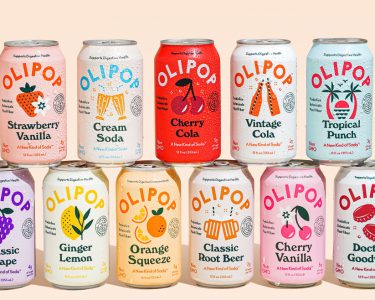In recent years, there has been a growing interest in clean eating as a way to improve overall health and well-being. The idea behind clean eating is to focus on consuming whole, unprocessed foods and minimizing ultra-processed foods in your diet. Ultra-processed foods are those that have undergone multiple processes and contain added sugars, unhealthy fats, and artificial additives. These foods are often high in calories and low in nutrients, which can lead to weight gain and health problems.
If you’re new to clean eating, it can seem overwhelming to navigate the grocery store and make healthier choices. Here are some tips to help you get started on your clean eating journey:
- Focus on Whole Foods
One of the easiest ways to cut down on ultra-processed foods is to focus on consuming whole, unprocessed foods. These include fruits, vegetables, whole grains, lean proteins, and healthy fats. Not only do these foods provide more nutrients, but they also tend to be lower in calories than ultra-processed options.
- Read Food Labels
When shopping for food, it’s important to read the labels and look for ingredients that you recognize. Try to avoid foods that have a long list of ingredients or contain added sugars, unhealthy fats, or artificial additives.
- Cook at Home
Cooking at home allows you to control what goes into your food and make healthier choices. Start by planning your meals for the week and making a grocery list. This will help you stay on track and avoid the temptation of unhealthy options when you’re hungry and pressed for time.
- Meal Prep
Meal prepping is another way to stay on track with clean eating. Prepare meals in advance and store them in the fridge or freezer so you always have a healthy option on hand. This can also save you time and money in the long run.
- Swap Out Ultra-Processed Foods
Instead of reaching for ultra-processed snacks like chips or candy, try swapping them out for healthier options like fresh fruit, nuts, or vegetable sticks with hummus. You can also try making your own healthy versions of your favorite snacks, like homemade granola bars or roasted chickpeas.
- Hydrate with Water
Sugary drinks like soda or juice are often high in calories and contain added sugars. Instead, try hydrating with water or unsweetened beverages like herbal tea or sparkling water. Adding fresh fruit or herbs to your water can also give it a flavorful twist.
- Be Mindful of Portions
Even healthy foods can lead to weight gain if consumed in large quantities. Be mindful of portions and try using smaller plates and bowls to help control your portion sizes. Pay attention to your hunger cues and stop eating when you’re full.
In summary, clean eating is all about consuming whole, unprocessed foods and minimizing ultra-processed foods in your diet. By focusing on whole foods, reading food labels, cooking at home, meal prepping, swapping out ultra-processed foods, hydrating with water, and being mindful of portions, you can improve your health and well-being. Remember, it’s not about perfection, but making small changes over time to create a healthier lifestyle.




